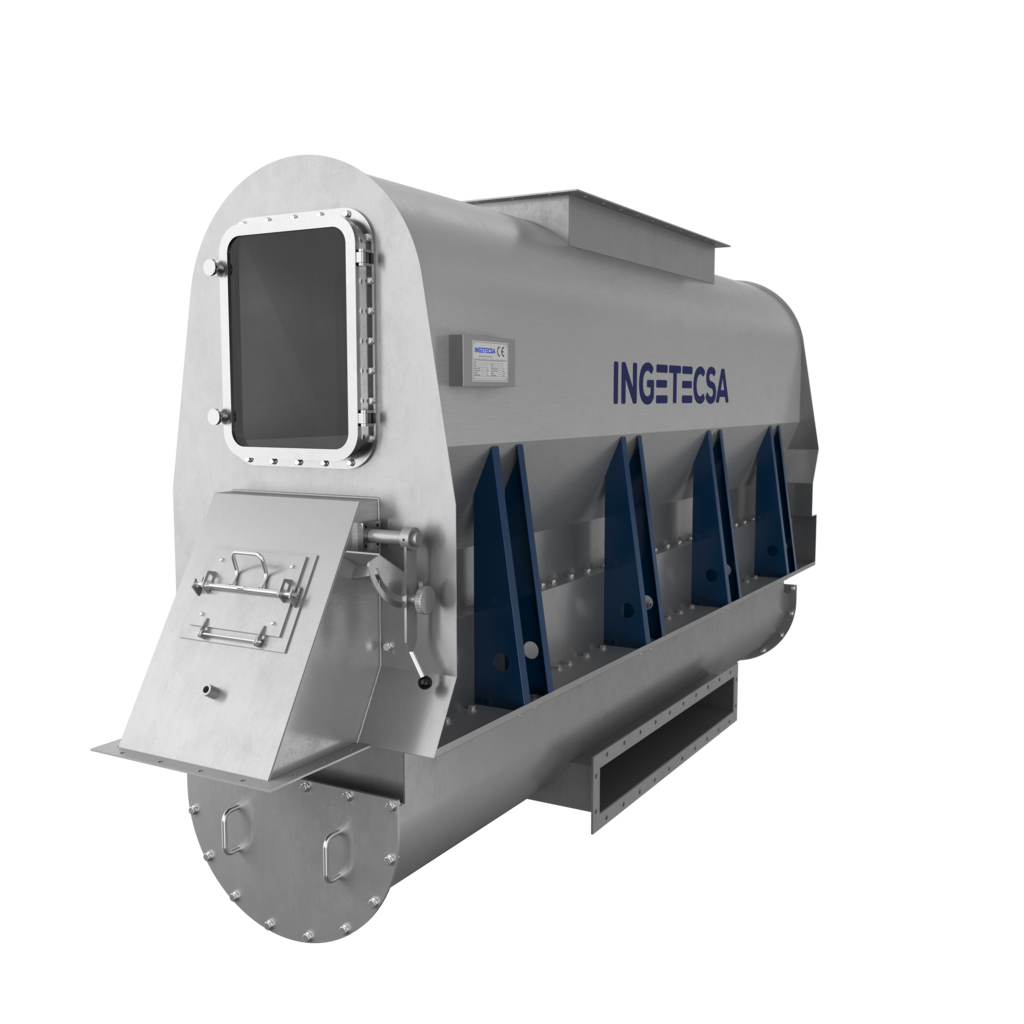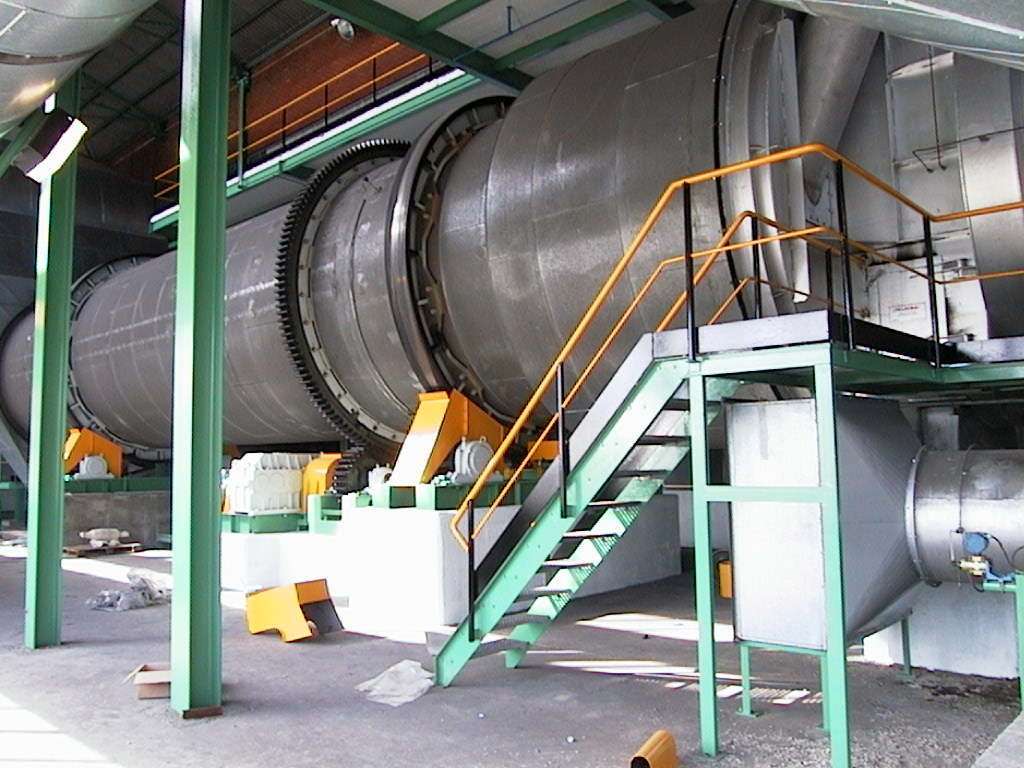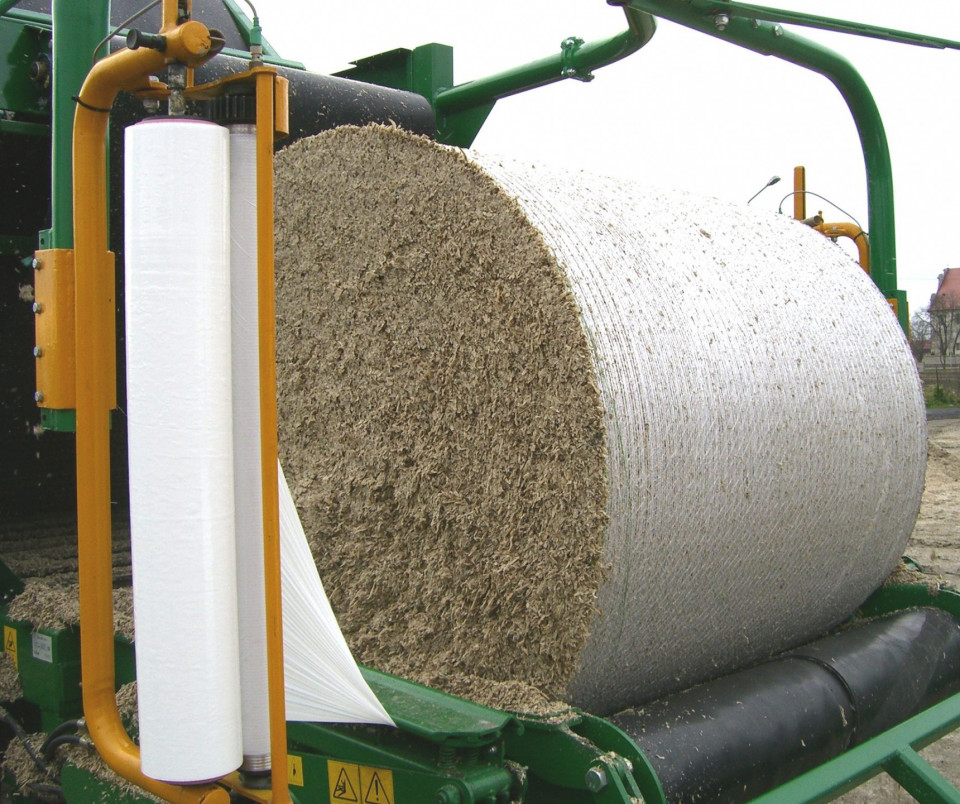Sugar
Drying and cooling of sugar is one of the special applications where Ingetecsa has a sound reputation. Our first sugar dryer reference goes back to early last century.
It started when we supplied the first beet pulp rotary drum dryers. Not much later we installed the first crystal sugar dryer, the rotary dryer drums. Over the years we gained decades of experience with sugar cane and sugar beet where our clients and we still benefit from.
















